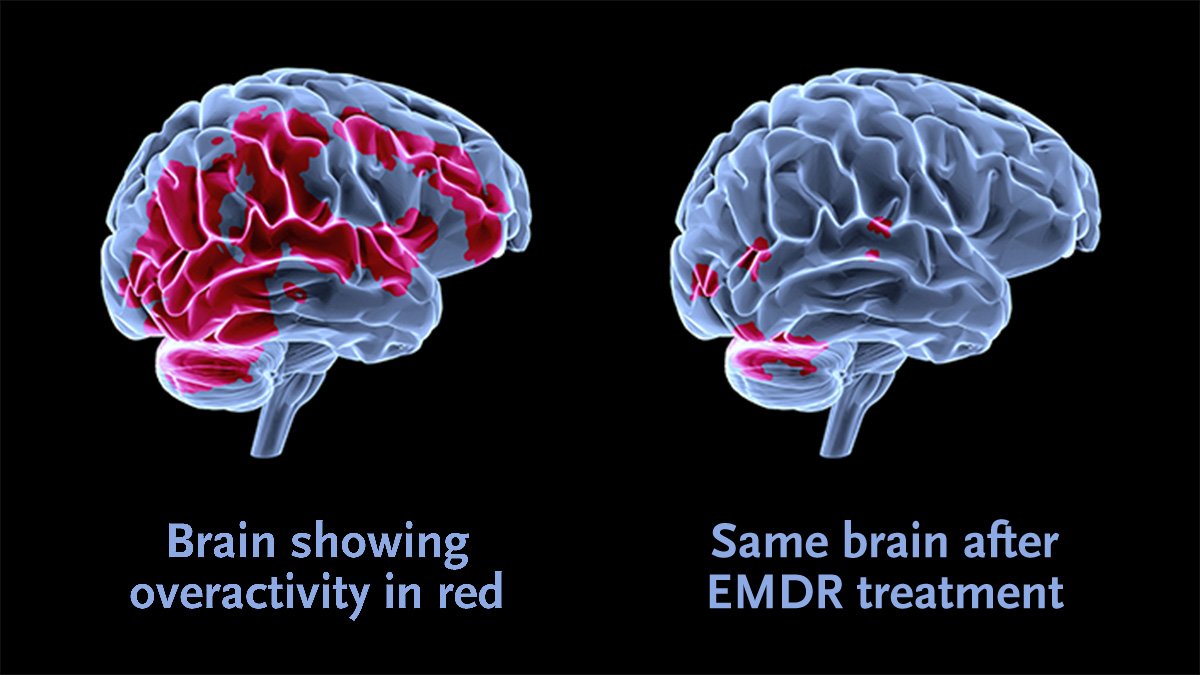EMDR Therapy
Traditional “talk” therapy isn’t for everyone - We understand that. Eye Movement Desensitization and Reprocessing (EMDR) offers a different way of doing therapy, while still achieving effective outcomes.
EMDR is a psychotherapy approach that has was initially popularized due to the effective outcomes it could achieve when working with individuals that had traumatic experiences. Over time, research on EMDR has established that EMDR may be successful in the treatment of many presenting concerns including:
PTSD and trauma disorders
Phobias
Addictions
Stress
Disturbing memories/thoughts
Generalized anxiety disorder and other anxiety disorders
Performance anxiety
Abuse
Depression
Grief
Body dysmorphic disorders
Personality disorders
Pain disorders
and more
Proponents of EMDR therapy suggest that the mind can heal from trauma and adverse life experiences similar to how our body heals from physical trauma. For example, when we cut our hand, our body works to heal the wound. If repeated injury or a foreign object irritates the wound, it causes prolonged pain and suffering. In order to heal, we need to remove what is causing irritation or pain to that wound.
Similarly, when we experience an adverse event or experience in our life, mental blocks such repeated thoughts, memories and/or experiences may make it difficult for our mind to heal. Thus, EMDR aims to remove these “blocks” so that our brain can get back to doing what it does best: healing. During EMDR, this is done by building new connections between our traumatic experiences/memories and adaptive information (ie. positive beliefs) in other areas of our memory. This, in turn, is believed to result in a reduction in distressful symptoms. In other words, as proponents of EMDR say, it takes advantage of our adaptive information processing system.
What can you expect?
EMDR is an 8-phase treatment approach. Your mental health practitioner at CCIPH will work with you through each of the eight phases and answer any questions you have along the way. One of the key components of EMDR treatment is bilateral stimulation (often done through eye movements, tapping, or auditory stimulation).
After your treatment plan is developed, you will be asked to bring your adverse experience/memory/event to mind while your therapist helps facilitate bilateral stimulation. During this time, your mental health practitioner may ask you to pay attention to distressful thoughts, images, body sensations, and/or negative cognitions, while also guiding bilateral stimulation. Next, the client practice deep breathing and discuss what came up during the bilateral stimulation. This process will then be repeated as client distress is reduced and closely monitored by the mental health practitioner.
To learn more about EMDR you can consult with one of our professionals, visit this website: What is EMDR?, and/or look at the graphic below.
Credit: This graphic was prepared by the EMDRIA International Association and can be found here: https://www.emdria.org/public-resources/the-eight-phases-of-emdr-therapy/


